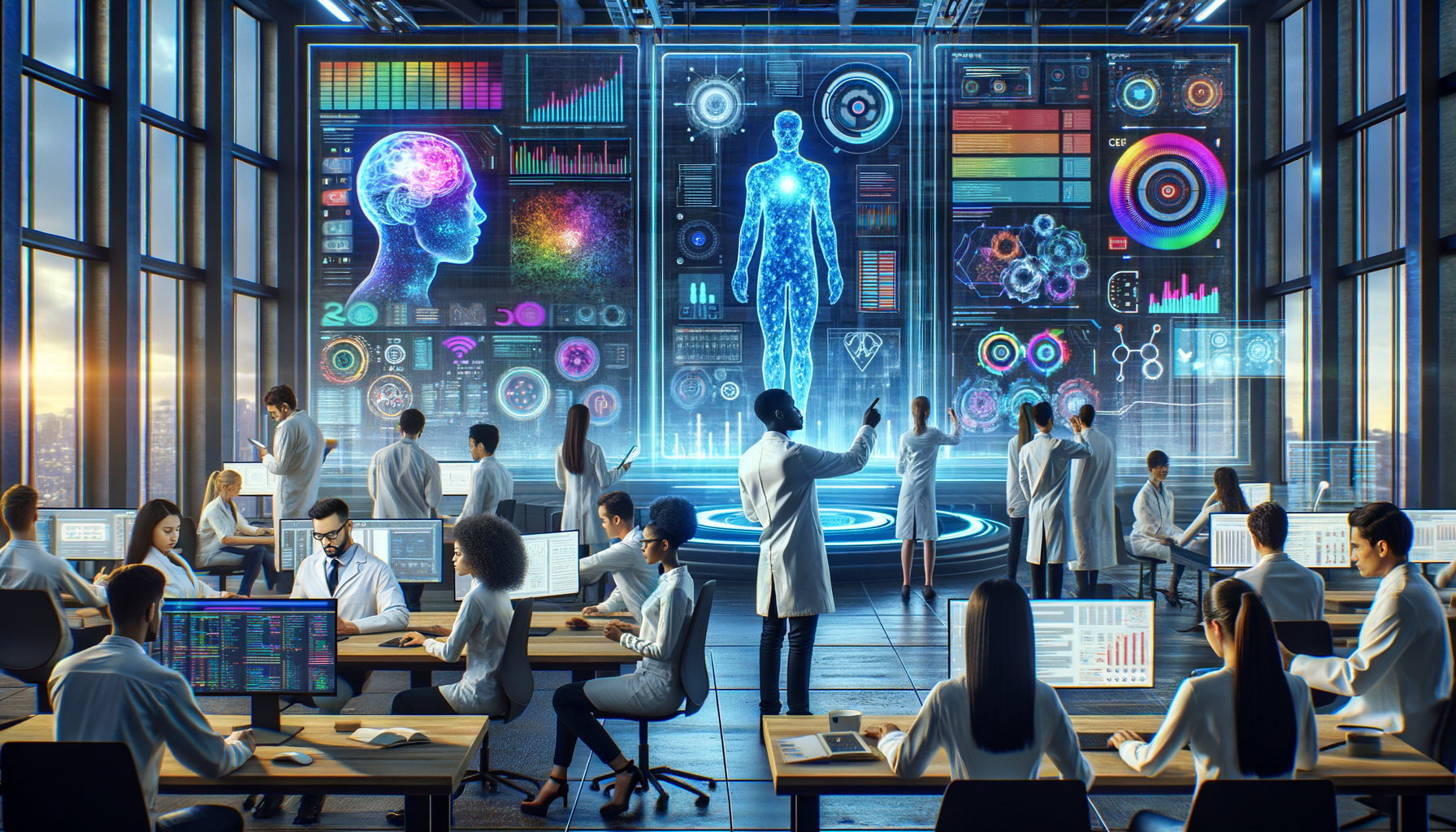
Proactively Tackling AI Bias: A Leap Forward in Ethical AI Deployment
In the rapidly evolving landscape of artificial intelligence, the development of ethical, fair, and unbiased AI systems is paramount. Recent breakthroughs by anthropic researchers have shed light on robust techniques to detect AI bias, racism, and discrimination. This is a critical step towards ensuring that AI technologies foster inclusivity and equality, rather than perpetuate existing societal disparities.
Understanding AI Bias and Its Impact
AI bias occurs when an algorithm produces systematically prejudiced results due to erroneous assumptions in the machine learning process. This can manifest in various forms, including racism, sexism, and other types of discrimination. The consequences of such biases can be severe, ranging from unfair job hiring practices to skewed law enforcement predictions. As AI systems become more integrated into our daily lives, the urgency to address these issues increases.
New Techniques in Detecting AI Bias
Researchers have now developed innovative methods to evaluate language models across hypothetical real-world scenarios. These techniques involve stress-testing AI systems with a diverse array of inputs to uncover hidden biases. By simulating potential real-world interactions, researchers can identify and mitigate problematic responses before these systems are deployed. Such proactive measures are critical in building trust and credibility in AI applications.
Scenario-Based Evaluation
One approach is scenario-based evaluation, where AI models are subjected to a variety of hypothetical situations that mimic real-life applications. For example, a language model used for hiring might be tested with job descriptions and applications that contain subtle cues about gender or ethnicity. By analyzing the model’s recommendations, researchers can pinpoint biases and retrain the model accordingly.
Cross-Cultural Analysis
Another key technique is cross-cultural analysis, which examines how AI systems respond to language and cultural nuances. This helps ensure that AI models do not favor one demographic over another and that they are equipped to handle the global diversity of users.
Promoting AI Ethics Before Deployment
The goal of these techniques is to promote AI ethics before systems are deployed. By addressing potential issues in the development phase, companies can avoid the costly and damaging consequences of releasing biased AI into the market. This not only benefits the end-users but also enhances the reputation of the companies that prioritize responsible AI practices.
Tools and Resources for AI Developers
For AI developers and companies looking to integrate these techniques into their workflow, there are a number of resources available. Books such as “Weapons of Math Destruction” by Cathy O’Neil and “Algorithms of Oppression” by Safiya Umoja Noble offer in-depth insights into the consequences of unchecked AI systems. For practical tools, the AI Fairness 360 toolkit by IBM is an open-source library containing algorithms to help detect and mitigate bias in machine learning models.
Developers and researchers interested in these resources can find them on Amazon:
Conclusion
The unveiling of new techniques to detect AI bias is a significant advancement in the field of artificial intelligence. By proactively identifying and addressing issues of racism and discrimination in AI models, researchers and developers are paving the way for a more ethical and just digital future. As these technologies continue to shape our world, it is imperative that we remain vigilant and committed to fostering AI systems that uphold the highest standards of fairness and equality.
As we stand on the cusp of a new era in AI, these developments remind us of the power and responsibility we hold in shaping technology for the betterment of all.